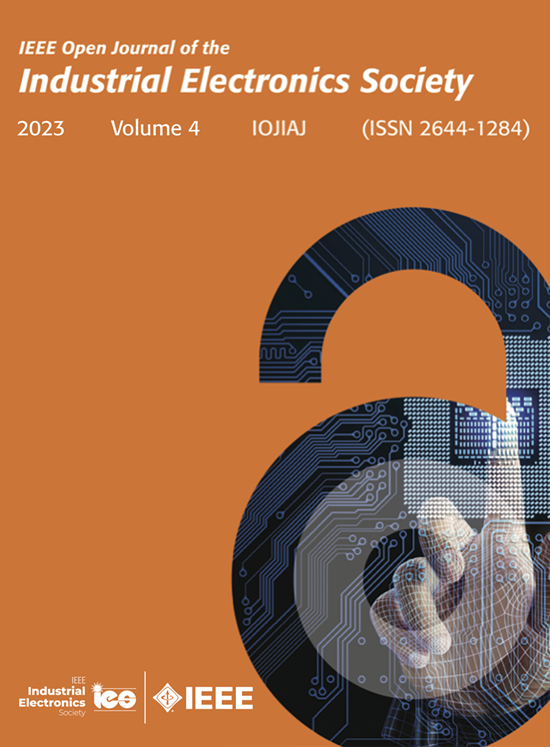Unbalanced-Flux Concept for High Power Density Magnetics and Review of the MHz LLC Transformers
IF 4.3
Q1 ENGINEERING, ELECTRICAL & ELECTRONIC
IEEE Open Journal of the Industrial Electronics Society
Pub Date : 2025-09-11
DOI:10.1109/OJIES.2025.3609214
引用次数: 0
Abstract
High-power-density magnetics are often designed through the MHz-frequency approach, but this method is constrained by excessive core losses, which restrict operation to very low magnetic flux density高功率密度磁学的不平衡磁通概念及MHz LLC变压器综述
高功率密度的磁铁通常通过mhz频率方法设计,但这种方法受到过大的磁芯损耗的限制,磁芯损耗将工作限制在非常低的磁通密度B,通常低于70 mT。由于磁功率与B的平方成比例,这从根本上限制了可实现的功率密度。在实践中,最先进的MHz磁性设计的平均功率密度保持在70 W/cm3左右,远低于新兴应用的要求。为了克服这些限制,我们提出了不平衡磁通的概念,这是一种新的磁性建筑,取代了传统的平衡磁通设计范式。这种方法减少了大约70%的铁芯损耗,使其能够在更高的b下运行。因此,与基于mhz的设计相比,该概念实现了功率密度的三倍增长。该方法在1 kw, 380 V/48 V LLC变压器样机中进行了实验验证。在自然风冷的情况下,变压器以创纪录的224 W/cm3输出750 W。有了散热器,它在1千瓦时达到190 W/cm3,峰值效率为94.6%。这些结果表明,不平衡磁通为下一代超高功率密度磁性元件提供了一种超越MHz、低b限制的可扩展途径。
本文章由计算机程序翻译,如有差异,请以英文原文为准。
求助全文
约1分钟内获得全文
求助全文
来源期刊

IEEE Open Journal of the Industrial Electronics Society
ENGINEERING, ELECTRICAL & ELECTRONIC-
CiteScore
10.80
自引率
2.40%
发文量
33
审稿时长
12 weeks
期刊介绍:
The IEEE Open Journal of the Industrial Electronics Society is dedicated to advancing information-intensive, knowledge-based automation, and digitalization, aiming to enhance various industrial and infrastructural ecosystems including energy, mobility, health, and home/building infrastructure. Encompassing a range of techniques leveraging data and information acquisition, analysis, manipulation, and distribution, the journal strives to achieve greater flexibility, efficiency, effectiveness, reliability, and security within digitalized and networked environments.
Our scope provides a platform for discourse and dissemination of the latest developments in numerous research and innovation areas. These include electrical components and systems, smart grids, industrial cyber-physical systems, motion control, robotics and mechatronics, sensors and actuators, factory and building communication and automation, industrial digitalization, flexible and reconfigurable manufacturing, assistant systems, industrial applications of artificial intelligence and data science, as well as the implementation of machine learning, artificial neural networks, and fuzzy logic. Additionally, we explore human factors in digitalized and networked ecosystems. Join us in exploring and shaping the future of industrial electronics and digitalization.
 求助内容:
求助内容: 应助结果提醒方式:
应助结果提醒方式:


